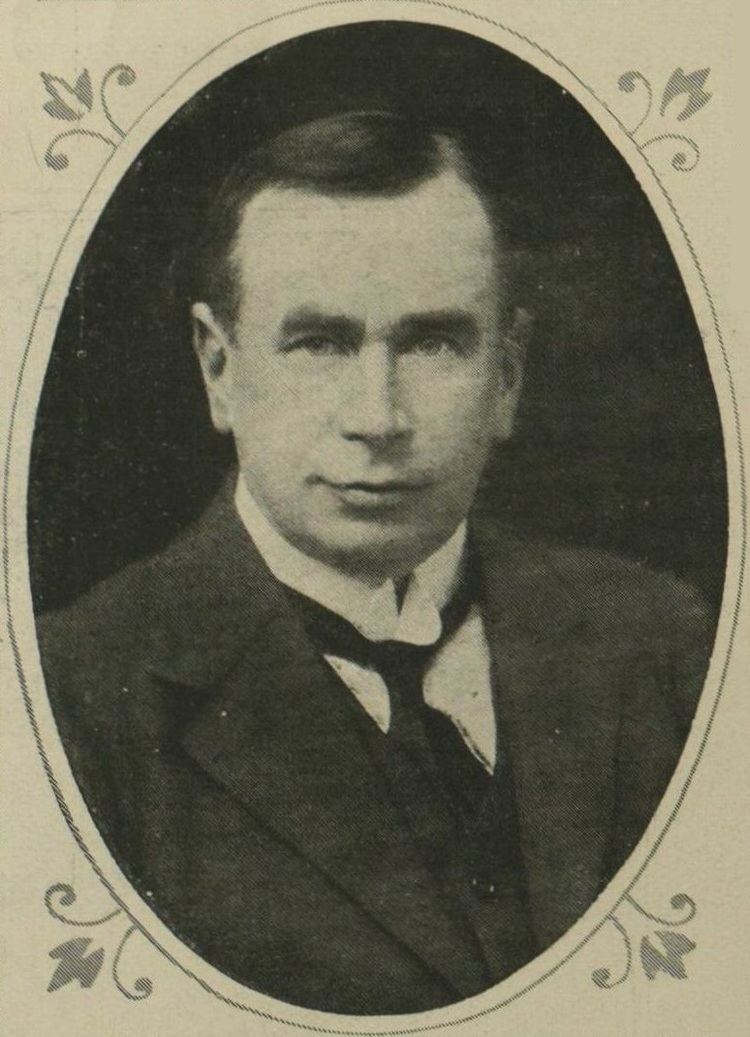Number of members One | ||
 | ||
Replaced by Na h-Eileanan an Iar, Inverness | ||
Inverness-shire was a county constituency of the House of Commons of the Parliament of Great Britain from 1708 to 1801 and of the Parliament of the United Kingdom from 1801 until 1918.
Contents
- Boundaries
- Election results
- Elections in the 1830s
- Elections in the 1840s
- Elections in the 1870s
- Elections in the 1880s
- Elections in the 1890s
- Elections in the 1910s
- References
There was also a burgh constituency called Inverness Burghs, 1708 to 1918, and a county constituency called Inverness, 1918 to 1983.
Boundaries
The Inverness-shire Member of Parliament (MP) represented, nominally, the county of Inverness minus the Inverness parliamentary burgh, which was represented as a component of Inverness District of Burghs. However, by 1892 the boundaries of the county had been redefined for all purposes except parliamentary representation, and it had become a local government area, under the Local Government (Scotland) Act 1889. 26 years were to elapse before a review of constituency boundaries took account of new local government boundaries. Results of the review were implemented under the Representation of the People Act 1918.
In 1918, the constituency was largely replaced by two new county constituencies. The Western Isles constituency was created to cover Outer Hebridean areas of the county of Inverness, as well as part of the county of Ross and Cromarty. The Inverness constituency was created to cover the rest of the county of Inverness, including the parliamentary burgh.
Election results
The original electorate for this constituency was limited to substantial landowners. The 40 shilling freehold qualification used for English county constituencies, which was not adjusted for inflation since it was first set in the 15th century, was significantly lower than the Scottish county qualification. In Scotland the qualification was land worth 40 shillings "of old extent", which prevented inflation lowering the real value of the property qualification required.
The county electorate, in Scotland, was significantly extended in 1832 and was further expanded in 1868 and 1885. The change, before and after 1832, can be seen by comparing the 32 votes cast at the contested election in 1802 with the 467 votes cast in 1832 (when the new registration system recorded a registered electorate of 669).
Unless otherwise indicated, the primary source for the results listed was Craig. Candidates identified by Craig as Conservatives, in the 1832-1835 Parliament, are listed as Tories. In elections before the formal creation of the Liberal Party, shortly after the 1859 general election, candidates identified by Craig as Liberals are classified as Whigs. There were no Radicals candidates in this seat, according to Stooks Smith. Craig's registered electorate and vote figures are sometimes different from those of Stooks Smith, but Craig's figures are used below. For details of the books of Craig and Stooks Smith, see the Reference section below.
The calculations of change in % vote and swing, for the 1835 general election result, relate the performance of the Conservative candidate to his achievements as the Tory candidate in the 1832 general election.
